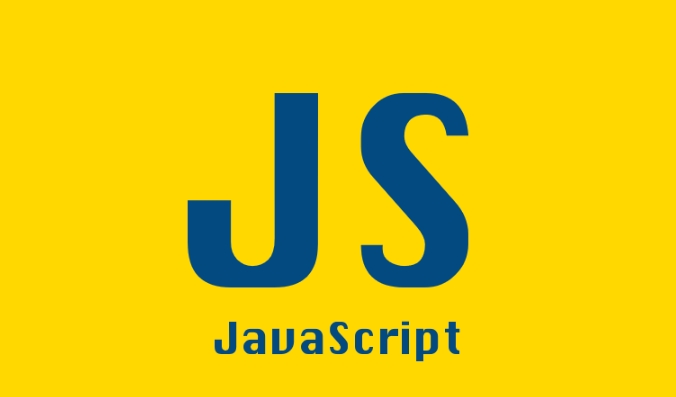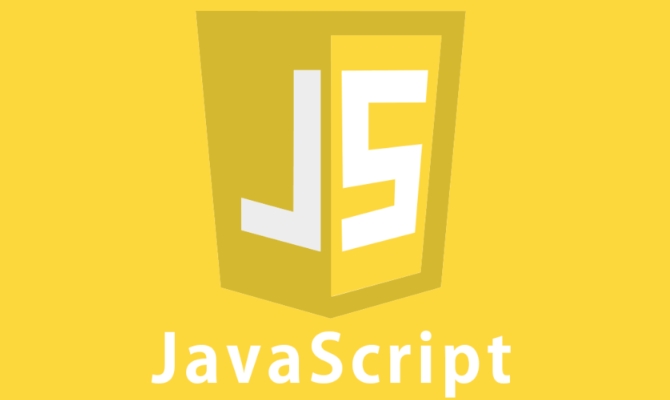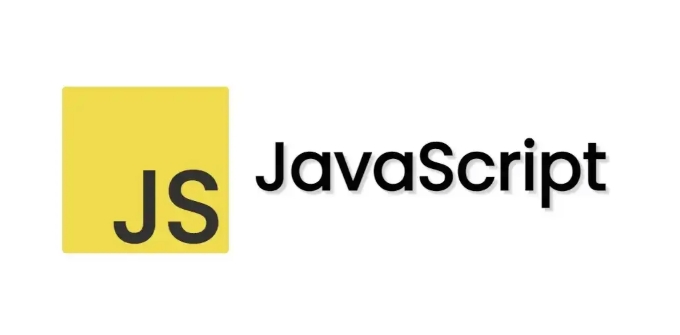Exploring the Javascript Reflection API (Reflect and Proxy)
Jul 06, 2025 am 01:32 AMReflect is a built-in object in JavaScript that provides reflection operations, and Proxy is a proxy mechanism for intercepting and customizing object operations. 1. Reflect provides unified and reasonable object operation methods, such as Reflect.get and Reflect.set, which replaces old APIs with clearer and more reliable; 2. Proxy creates an object proxy to implement data binding, access control and other functions, such as Vue.js' responsive system; 3. The combination of the two can simplify code logic, maintain behavioral standards, and facilitate expansion. The Reflect method is called by default to implement basic operations; 4. When using it, you need to pay attention to performance impact, compatibility and this pointing problem to avoid abuse. Mastering them can help develop efficient frameworks and in-depth understanding of language mechanisms.

Reflect and Proxy of JavaScript are two very powerful features in the language, and they together form the reflection (Reflection) API of JavaScript. Simply put, Reflect provides a set of static methods for manipulating objects, while Proxy allows you to intercept and customize basic operations on objects. Use these two together to implement advanced functions such as data binding, logging, verification, etc.

What is Reflect?
Reflect is not a constructor, but a built-in object, which provides a series of methods related to object operations. Most of these methods are similar to the same name method on Object, but the design is more consistent and the return value is more reasonable.

For example:
-
Reflect.get(target, key)is similar toObject.getOwnPropertyDescriptoror directly access properties, but it handles traps better. -
Reflect.set(target, key, value)When setting the property, a boolean value will be returned to indicate whether it is successful, rather than throwing an exception likeObject.defineProperty.
Commonly used scenarios:

- How to call in Proxy as the default behavior
- Replace some old-fashioned APIs, such as
delete obj[key]can be written asReflect.deleteProperty(obj, key) - Handle object operation failures more clearly
What is Proxy? What's the use?
Proxy is used to create an object's proxy, which allows you to intercept and customize various basic operations of the object. You can understand it as a "middleman", and all operations on the target object can be controlled through this middleman.
const handler = {
get(target, key) {
console.log(`${key}` accessed);
return Reflect.get(target, key);
}
};
const obj = { name: "Alice" };
const proxy = new Proxy(obj, handler);
console.log(proxy.name); // Output: accessed name, and then output AliceCommon Proxy usage scenarios:
- Data-binding or responsive systems (such as Vue.js)
- Intercept and verification of attribute access/settings
- Implement immutable objects or read-only views
- Logging, performance monitoring
Advantages of Reflect Proxy Use
When you use Reflect in Proxy's handler, the two work very well. Because the standard behavior provided by Reflect can be implemented directly as the default, you don't have to deal with each situation manually.
Advantages include:
- Concise code: Using the Reflect method can avoid duplicate logic
- Behavioral Standard: Reflect's method is consistent with the internal operations of the JS engine
- Easy to scale: You can flexibly decide whether to continue to perform default behavior in intercept logic
For example:
const handler = {
get(target, key, receiver) {
if (key in target) {
console.log(`get attribute ${key}`);
return Reflect.get(target, key, receiver);
} else {
throw new Error(`Property ${key} does not exist`);
}
}
};In this example, we judge whether the attribute exists and use Reflect to complete the standard attribute acquisition behavior when it exists.
Common misunderstandings and precautions
Although Reflect and Proxy are powerful, there are some places that are easy to get stuck in:
- Don't abuse Proxy : Overuse can lead to performance degradation, especially in high-frequency access scenarios.
- Reflect is not omnipotent : some operations cannot be completely overwritten, such as
newexpressions requireconstructtrap. - Note the pointing problem of this : when calling a method in Proxy, this may not be the expected object and needs to be corrected with
receiverparameter. - Compatibility Considerations : Proxy and Reflect are ES6 features that may not be supported in older browsers.
Basically that's it. Reflect and Proxy are very useful tools in modern JavaScript development, especially when building frameworks or libraries. Mastering them will not only help you write more elegant code, but will also deepen your understanding of language mechanisms.
The above is the detailed content of Exploring the Javascript Reflection API (Reflect and Proxy). For more information, please follow other related articles on the PHP Chinese website!

Hot AI Tools

Undress AI Tool
Undress images for free

Undresser.AI Undress
AI-powered app for creating realistic nude photos

AI Clothes Remover
Online AI tool for removing clothes from photos.

Clothoff.io
AI clothes remover

Video Face Swap
Swap faces in any video effortlessly with our completely free AI face swap tool!

Hot Article

Hot Tools

Notepad++7.3.1
Easy-to-use and free code editor

SublimeText3 Chinese version
Chinese version, very easy to use

Zend Studio 13.0.1
Powerful PHP integrated development environment

Dreamweaver CS6
Visual web development tools

SublimeText3 Mac version
God-level code editing software (SublimeText3)

Hot Topics
 Java vs. JavaScript: Clearing Up the Confusion
Jun 20, 2025 am 12:27 AM
Java vs. JavaScript: Clearing Up the Confusion
Jun 20, 2025 am 12:27 AM
Java and JavaScript are different programming languages, each suitable for different application scenarios. Java is used for large enterprise and mobile application development, while JavaScript is mainly used for web page development.
 Javascript Comments: short explanation
Jun 19, 2025 am 12:40 AM
Javascript Comments: short explanation
Jun 19, 2025 am 12:40 AM
JavaScriptcommentsareessentialformaintaining,reading,andguidingcodeexecution.1)Single-linecommentsareusedforquickexplanations.2)Multi-linecommentsexplaincomplexlogicorprovidedetaileddocumentation.3)Inlinecommentsclarifyspecificpartsofcode.Bestpractic
 How to work with dates and times in js?
Jul 01, 2025 am 01:27 AM
How to work with dates and times in js?
Jul 01, 2025 am 01:27 AM
The following points should be noted when processing dates and time in JavaScript: 1. There are many ways to create Date objects. It is recommended to use ISO format strings to ensure compatibility; 2. Get and set time information can be obtained and set methods, and note that the month starts from 0; 3. Manually formatting dates requires strings, and third-party libraries can also be used; 4. It is recommended to use libraries that support time zones, such as Luxon. Mastering these key points can effectively avoid common mistakes.
 Why should you place tags at the bottom of the ?
Jul 02, 2025 am 01:22 AM
Why should you place tags at the bottom of the ?
Jul 02, 2025 am 01:22 AM
PlacingtagsatthebottomofablogpostorwebpageservespracticalpurposesforSEO,userexperience,anddesign.1.IthelpswithSEObyallowingsearchenginestoaccesskeyword-relevanttagswithoutclutteringthemaincontent.2.Itimprovesuserexperiencebykeepingthefocusonthearticl
 JavaScript vs. Java: A Comprehensive Comparison for Developers
Jun 20, 2025 am 12:21 AM
JavaScript vs. Java: A Comprehensive Comparison for Developers
Jun 20, 2025 am 12:21 AM
JavaScriptispreferredforwebdevelopment,whileJavaisbetterforlarge-scalebackendsystemsandAndroidapps.1)JavaScriptexcelsincreatinginteractivewebexperienceswithitsdynamicnatureandDOMmanipulation.2)Javaoffersstrongtypingandobject-orientedfeatures,idealfor
 JavaScript: Exploring Data Types for Efficient Coding
Jun 20, 2025 am 12:46 AM
JavaScript: Exploring Data Types for Efficient Coding
Jun 20, 2025 am 12:46 AM
JavaScripthassevenfundamentaldatatypes:number,string,boolean,undefined,null,object,andsymbol.1)Numbersuseadouble-precisionformat,usefulforwidevaluerangesbutbecautiouswithfloating-pointarithmetic.2)Stringsareimmutable,useefficientconcatenationmethodsf
 What is event bubbling and capturing in the DOM?
Jul 02, 2025 am 01:19 AM
What is event bubbling and capturing in the DOM?
Jul 02, 2025 am 01:19 AM
Event capture and bubble are two stages of event propagation in DOM. Capture is from the top layer to the target element, and bubble is from the target element to the top layer. 1. Event capture is implemented by setting the useCapture parameter of addEventListener to true; 2. Event bubble is the default behavior, useCapture is set to false or omitted; 3. Event propagation can be used to prevent event propagation; 4. Event bubbling supports event delegation to improve dynamic content processing efficiency; 5. Capture can be used to intercept events in advance, such as logging or error processing. Understanding these two phases helps to accurately control the timing and how JavaScript responds to user operations.
 What's the Difference Between Java and JavaScript?
Jun 17, 2025 am 09:17 AM
What's the Difference Between Java and JavaScript?
Jun 17, 2025 am 09:17 AM
Java and JavaScript are different programming languages. 1.Java is a statically typed and compiled language, suitable for enterprise applications and large systems. 2. JavaScript is a dynamic type and interpreted language, mainly used for web interaction and front-end development.






